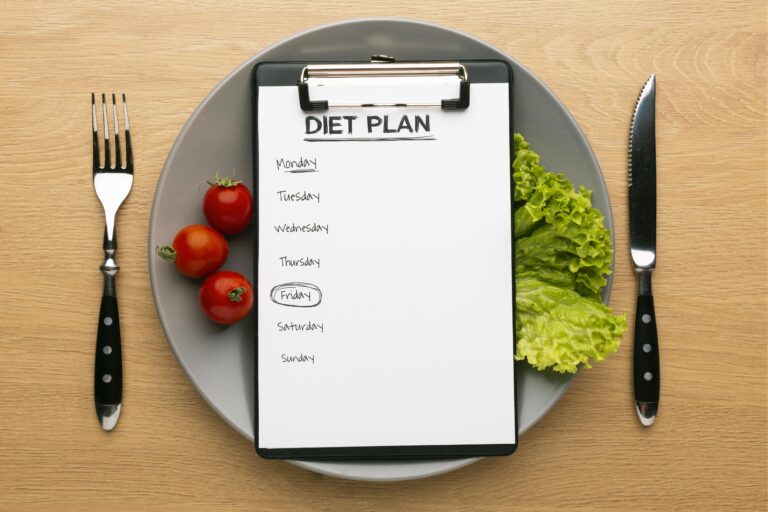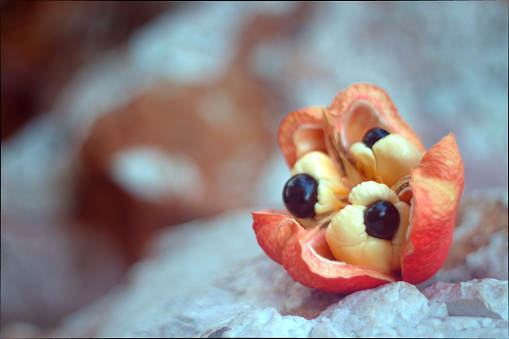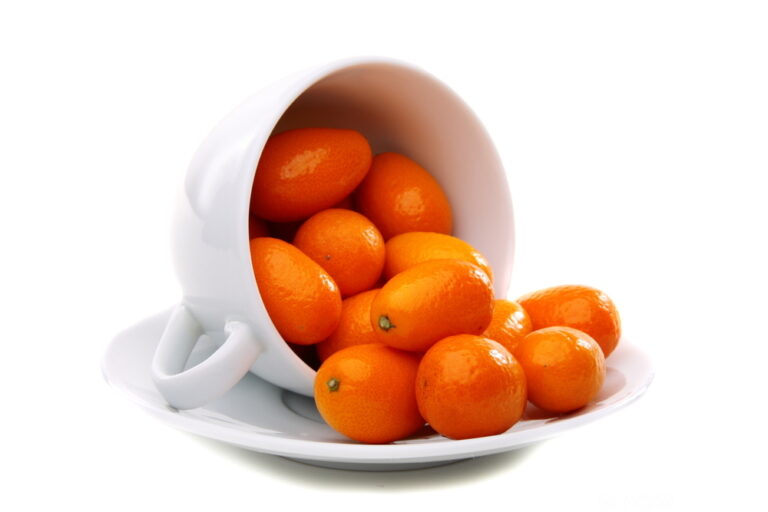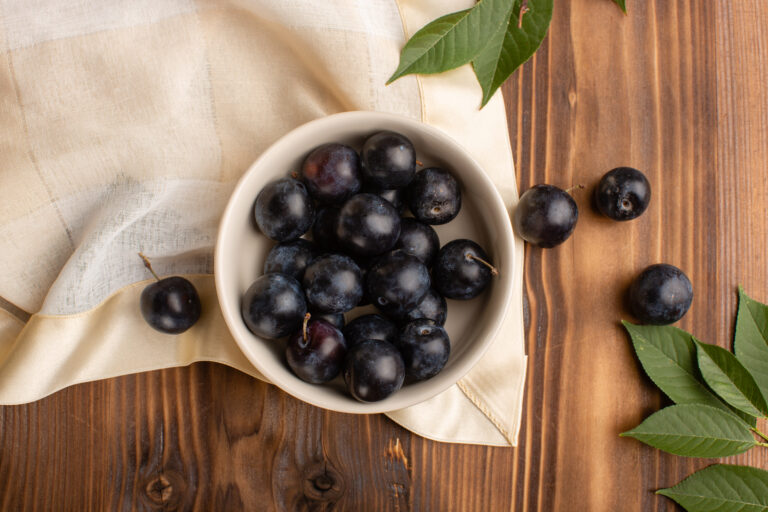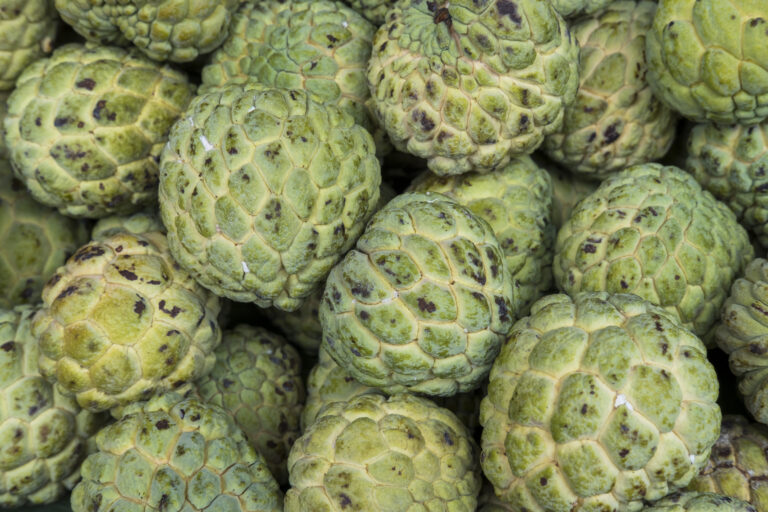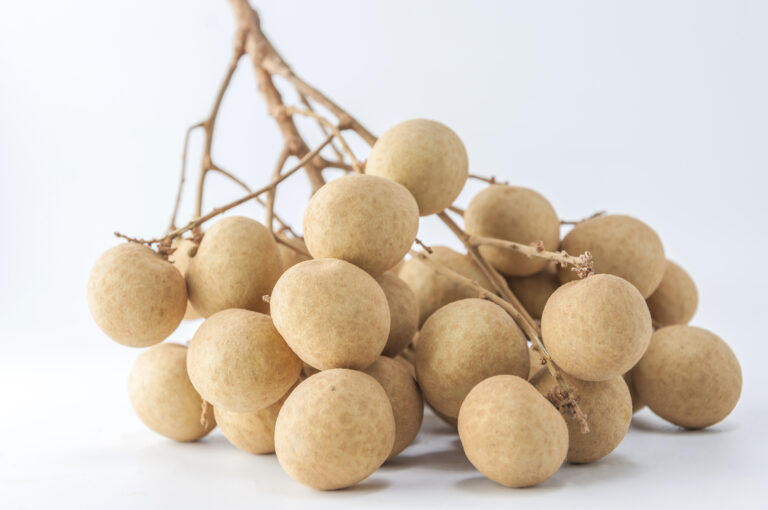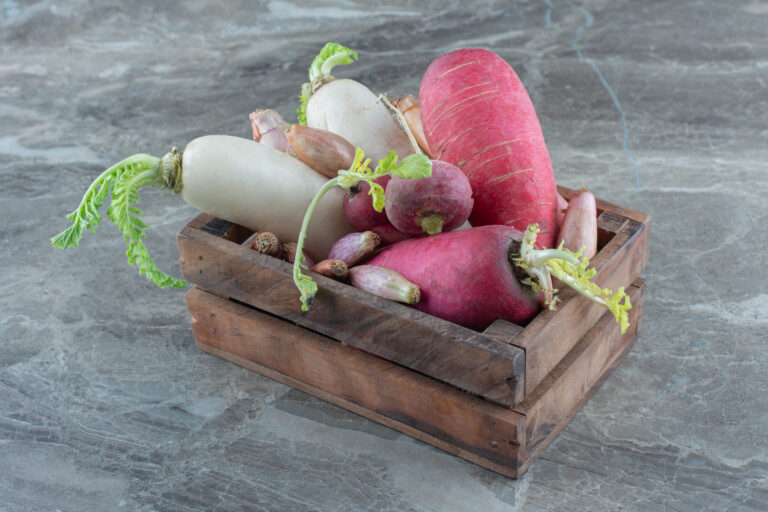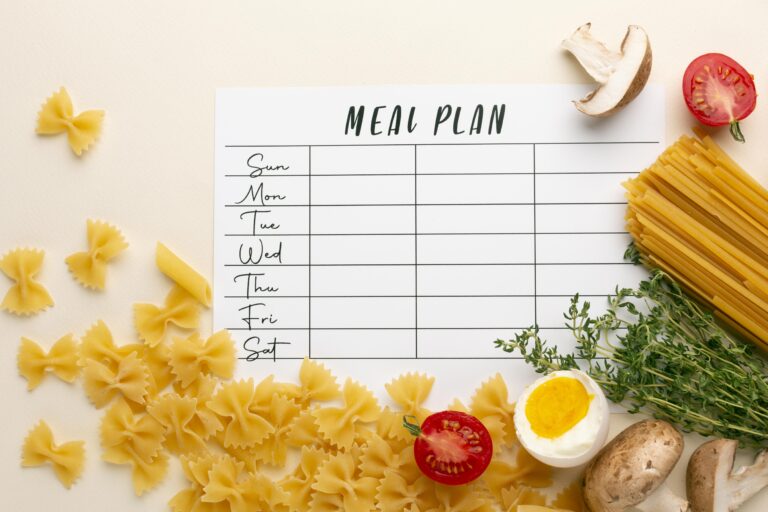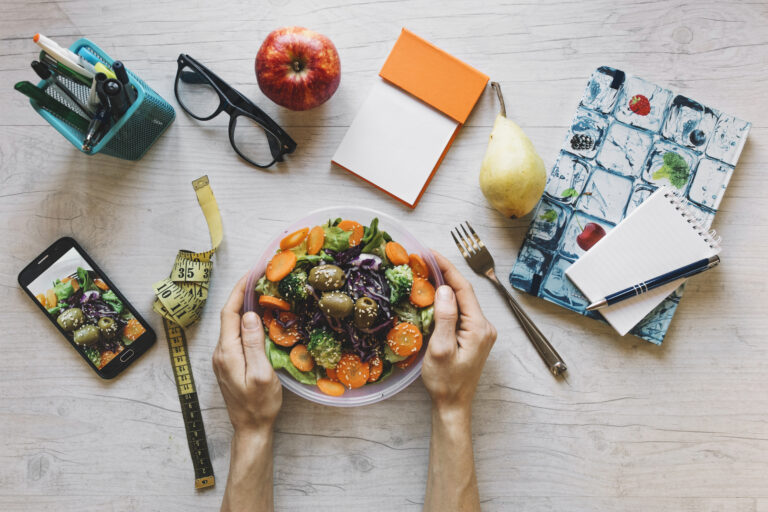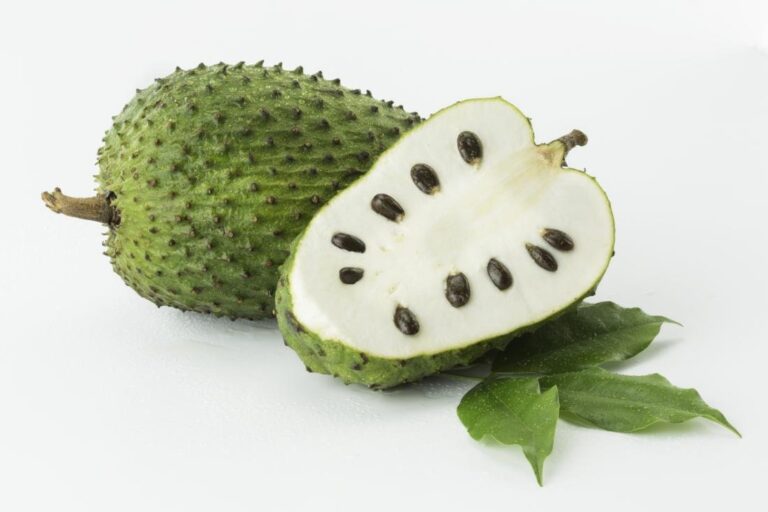Pancreatitis can be a challenging condition, requiring careful attention to dietary choices to support the healing process. A well-designed 7 day meal plan for pancreatitis is essential in managing pancreatitis effectively.
Understanding Pancreatitis
Pancreatitis is the inflammation of the pancreas, a vital organ located behind the stomach. The pancreas plays a crucial role in digestion and blood sugar regulation by producing enzymes that aid in the digestion of fats, proteins, and carbohydrates, as well as insulin to regulate blood sugar levels.
There are two main types of pancreatitis: acute and chronic.
- Acute Pancreatitis:
- Causes: Acute pancreatitis often results from the sudden activation of pancreatic enzymes, causing them to damage the pancreas. Common causes include gallstones, alcohol consumption, high levels of triglycerides, certain medications, infections, and trauma.
- Symptoms: Acute pancreatitis symptoms may include severe abdominal pain, nausea, vomiting, fever, and an elevated heart rate. Prompt medical attention is essential to manage complications.
- Chronic Pancreatitis:
- Causes: Chronic pancreatitis is characterized by persistent inflammation and irreversible damage to the pancreas. Long-term alcohol abuse is a leading cause, but other factors such as genetics, cystic fibrosis, and certain autoimmune conditions can contribute.
- Symptoms: Chronic pancreatitis symptoms may include persistent abdominal pain, weight loss, diarrhea, and malabsorption of nutrients. It can lead to complications such as diabetes and pancreatic insufficiency.
7 Day Meal Plan For Pancreatitis
Here’s a sample 7 day meal plan for pancreatitis:
Day 1:

- Breakfast: Oatmeal with mashed banana and a sprinkle of cinnamon.
- Snack: Greek yogurt with honey.
- Lunch: Grilled chicken breast with steamed carrots and quinoa.
- Snack: Apple slices with almond butter.
- Dinner: Baked salmon with sweet potatoes and steamed broccoli.
Day 2:

- Breakfast: Scrambled eggs with spinach and whole-grain bread.
- Snack: Cottage cheese with pineapple chunks.
- Lunch: Turkey and avocado wrap on a whole-grain tortilla.
- Snack: Handful of blueberries.
- Dinner: Baked cod with roasted asparagus and brown rice.
Day 3:

- Breakfast: Smoothie with mixed berries, spinach, and almond milk.
- Snack: Rice cakes with hummus.
- Lunch: Lentil soup with a side of whole-grain crackers.
- Snack: Banana with a small handful of walnuts.
- Dinner: Grilled shrimp with quinoa and sautéed zucchini.
Day 4:

- Breakfast: Low-fat cottage cheese with sliced strawberries.
- Snack: Celery sticks with peanut butter.
- Lunch: Chicken and vegetable stir-fry with brown rice.
- Snack: Orange slices.
- Dinner: Turkey meatballs with marinara sauce and steamed green beans.
Day 5:

- Breakfast: Whole-grain cereal with skim milk.
- Snack: Yogurt parfait with granola and berries.
- Lunch: Quinoa salad with cherry tomatoes, cucumber, and feta cheese.
- Snack: Sliced pear with a sprinkle of cinnamon.
- Dinner: Baked chicken breast with mashed sweet potatoes and steamed broccoli.
Day 6:

- Breakfast: Whole-grain toast with mashed avocado.
- Snack: Carrot sticks with hummus.
- Lunch: Grilled fish tacos with cabbage slaw on corn tortillas.
- Snack: Handful of grapes.
- Dinner: Baked turkey breast with roasted Brussels sprouts and quinoa.
Day 7:

- Breakfast: Smoothie with banana, spinach, and low-fat yogurt.
- Snack: Cottage cheese with sliced peaches.
- Lunch: Tomato and basil whole-grain pasta with a side of mixed greens.
- Snack: Apple slices with a small amount of cheese.
- Dinner: Baked salmon with sweet potato wedges and steamed asparagus.
Remember to drink lots of water throughout the day and adapt portion sizes to your specific needs.
How Diet Effects Pancreatitis
Diagnosis
The diagnosis of pancreatitis involves a comprehensive assessment. Beginning with a detailed medical history and physical examination.
Healthcare providers inquire about symptoms, such as abdominal pain, nausea, and vomiting, while paying attention to factors like alcohol consumption, gallstones, trauma, or medication use. Blood tests play a pivotal role with elevated levels of amylase and lipase enzymes indicating pancreatic inflammation.
Liver function tests may be conducted to identify any associated liver complications. Imaging studies including abdominal ultrasound, CT scans, and, in some cases, MRIs, provide detailed images of the pancreas and surrounding structures, aiding in confirmation and severity assessment.
Additionally, specialized procedures like endoscopic retrograde cholangiopancreatography (ERCP) may be employed for further evaluation.
Treatment
The treatment of pancreatitis varies depending on the type (acute or chronic) and the underlying cause. It generally involves a combination of supportive care, lifestyle modifications, and addressing the specific factors contributing to the inflammation. Here is an overview of the treatment approaches:
- Supportive Care:
- Fasting: In acute pancreatitis, a short-term fast or avoiding solid foods for a few days may be recommended to allow the pancreas to rest and inflammation to subside.
- Pain Management: Pain relief is a crucial aspect of treatment, often achieved through medications such as acetaminophen or nonsteroidal anti-inflammatory drugs (NSAIDs).
- Intravenous (IV) Fluids: Maintaining hydration is essential, and intravenous fluids may be administered to prevent dehydration.
- Dietary Changes:
- Low-Fat Diet: A low-fat diet is often recommended to reduce the workload on the pancreas. Avoiding high-fat and fried foods helps minimize the stimulation of pancreatic enzyme production.
- Small, Frequent Meals: Eating smaller, more frequent meals can ease the digestive burden on the pancreas.
It’s crucial for individuals with pancreatitis to work closely with healthcare professionals, including gastroenterologists and dietitians, to create a personalized treatment plan.
Conclusion
Crafting a pancreatitis-friendly meal plan involves thoughtful consideration of nutrient balance, digestion ease, and anti-inflammatory food choices. By consulting with healthcare professionals and adhering to personalized dietary guidelines, individuals can embark on a journey toward better pancreatic health through nourishing, enjoyable meals.
I hope you got the answer to your query (7 Day Meal Plan For Pancreatitis). Also, check out The Healthy Benefits of Longan Fruits.

